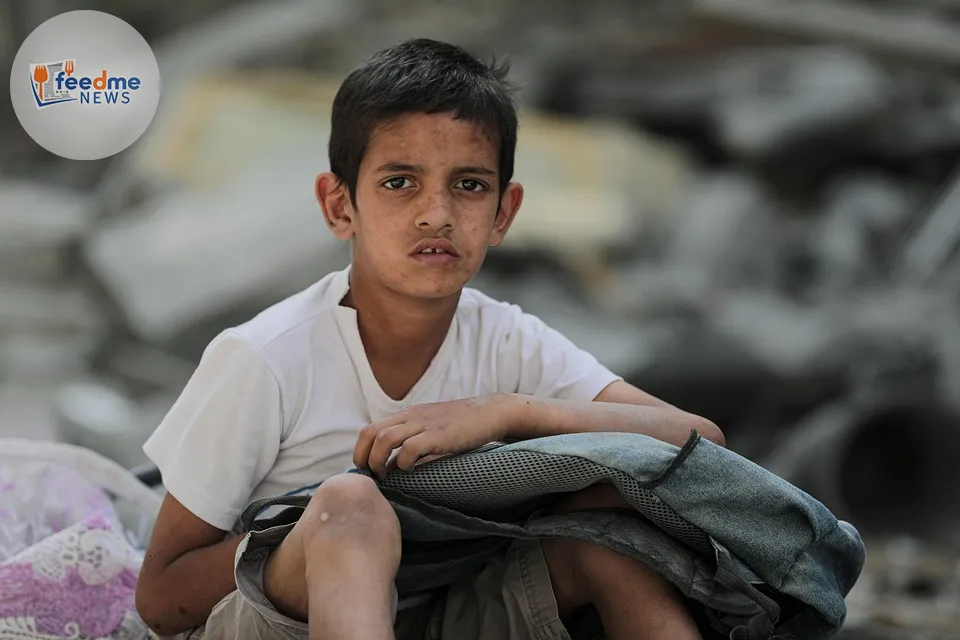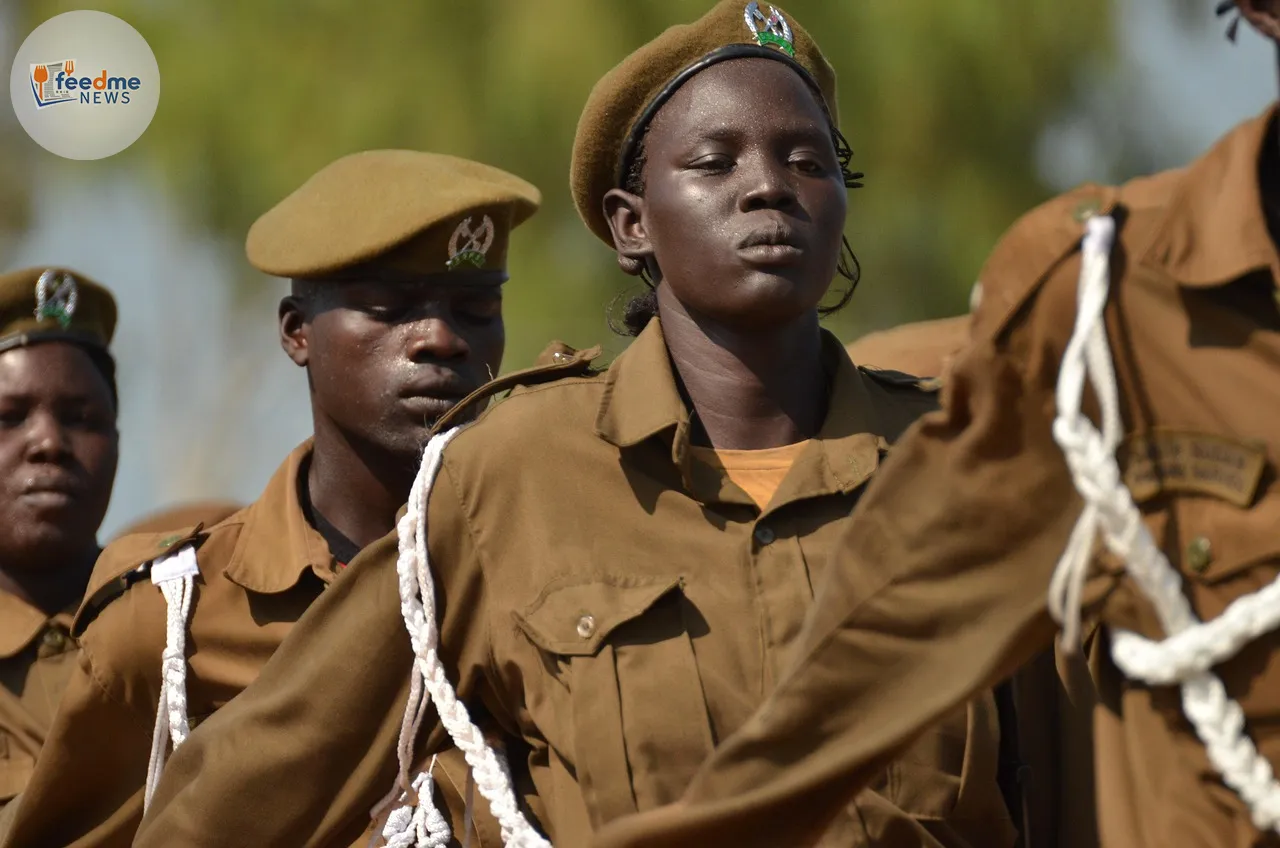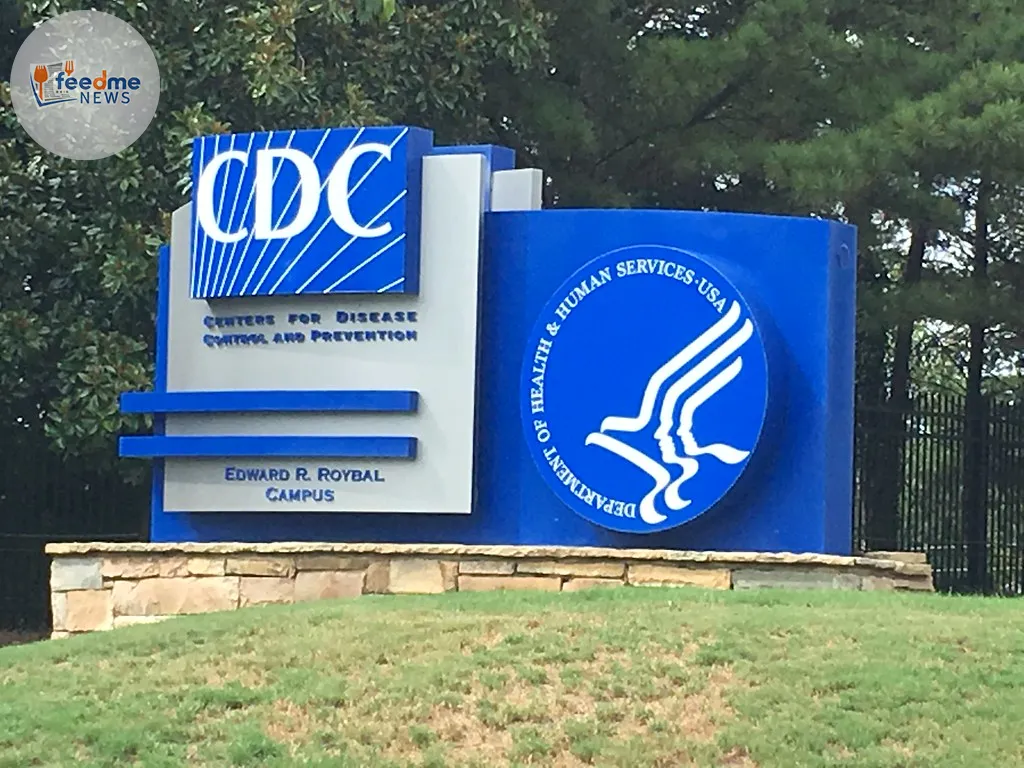Lead:
The head of the World Health Organization has warned that Gaza’s health crisis will endure for “generations”, urging a major increase in aid to prevent a deeper collapse. In an interview with the BBC published on 22 October 2025, Dr Tedros Adhanom Ghebreyesus said far more supplies, safe access and medical evacuations must flow into the enclave to tackle mounting disease, hunger and trauma. He pointed to a shattered health system, widespread displacement and relentless insecurity that block doctors and relief workers from reaching people in need. Health agencies and humanitarian groups have issued similar alarms for months, citing damaged hospitals, shortages of fuel and clean water, and the spread of preventable illness. Dr Tedros said the world must act at scale now or accept a long legacy of avoidable suffering.
Context and timing:
Dr Tedros made the comments in a BBC interview released on 22 October 2025. The health emergency stems from the war that began after Hamas’s 7 October 2023 attacks on Israel and the subsequent Israeli military campaign in Gaza. Heavy fighting, bombardment and access restrictions have defined the conflict, while repeated calls for a ceasefire and humanitarian pauses have struggled to hold. UN agencies describe a protracted emergency that has uprooted large parts of Gaza’s 2.2 million people and left essential services in ruins.

WHO chief calls for a sustained aid surge
Dr Tedros framed Gaza’s crisis as a multi-year health emergency that demands predictable, large-scale support. He warned that injuries, malnutrition, disability and trauma will shape life for children and adults long after the guns fall silent. He said far more aid must reach Gaza every day, and he urged all parties to guarantee safe passage for health workers and trucks. WHO teams continue to coordinate medical supplies, fuel for hospitals and trauma kits with partners, but they report a gap between needs and deliveries.
Health responders say they need steady access, not sporadic convoys. Medical evacuations remain a critical lifeline for patients who need specialised surgery, cancer treatment or dialysis that Gaza’s crippled system cannot provide at scale. WHO has repeatedly called for mechanisms that allow patients to leave safely and return with dignity. Dr Tedros has also pressed for legal protections for hospitals and clinics, noting that attacks on health care break international humanitarian law and undermine any hope of recovery.
Aid routes face chokepoints and security risks
Relief operations depend on border crossings and usable roads. Agencies describe chokepoints at inspection sites and insecurity on the last mile that delay or block deliveries. Damage to roads and bridges slows trucks and ambulances. Drivers report looting and crossfire risks that force convoys to turn back. These conditions keep food, fuel, medicines and clean water in short supply and reduce the reach of vaccination, maternal care and chronic disease treatment.
Israeli authorities say they facilitate humanitarian flows and blame Hamas and lawlessness for diversion and delays. Aid agencies say they need streamlined inspections, longer operating windows, reliable deconfliction, and safe storage inside Gaza. They also call for consistent fuel deliveries to power hospitals, cold chains and desalination units. With limited fuel, hospitals ration electricity, water pumps falter, and bakeries shut their doors, which compounds hunger and disease.
Hospitals struggle amid damage and shortages
Health workers in Gaza describe operating in shattered facilities with thin stocks and constant danger. Many hospitals and clinics sustained damage or sit in areas that fighting surrounds, which reduces capacity and pushes patients into fewer sites. Doctors report long queues for surgery, gaps in anaesthetics and antibiotics, and rising complications from untreated wounds. Field hospitals and mobile clinics provide rapid support, yet they cannot replace a functional network with reliable power, oxygen and sterile theatres.
WHO and partners continue to deliver trauma supplies, vaccines and generators where access allows. They support rehabilitation, mental health care and maternity services. However, insecurity and fuel shortages limit cold chain capacity and oxygen production. Patients with chronic conditions face missed treatments, which leads to kidney failure, unmanaged diabetes and interrupted cancer therapy. These gaps create excess deaths that rarely make headlines but add to the long-term toll that Dr Tedros highlighted.
Disease and malnutrition threaten a generation of children
Overcrowding, unsafe water and poor sanitation fuel disease. Aid groups report surges in diarrhoeal illness, respiratory infections and skin diseases, especially among children. Health workers warn about hepatitis A in crowded shelters and displacement sites. Vaccination campaigns face obstacles from insecurity and supply gaps, which increases the risk of outbreaks. Malnourished children fall ill more often and recover more slowly, creating a vicious cycle.
UN agencies have warned since 2024 about rising acute malnutrition and the risk of famine in parts of Gaza. Families struggle to find enough food, while mothers report skipping meals so children can eat. Malnutrition harms growth and cognition and can scar lives for years. Psychologists and teachers also warn of deep trauma: children show anxiety, sleep problems and signs of stress after repeated displacement and exposure to violence. Dr Tedros’s warning about “generations” reflects these combined risks to body and mind.
Long road to rebuilding will demand money, access and security
Rebuilding Gaza’s health system will take time, funding and security. Engineers must assess and repair hospitals, clinics, water plants and power networks. Health authorities will need to restock medicines and equipment, rebuild cold chains, and retrain staff. Prosthetics, rehabilitation and mental health services must scale up to meet demand from those who suffered life-altering injuries. Donors and development banks can support these steps, but they need access and predictable conditions to invest.
Public health experts say reconstruction must prioritise primary care, safe water and sanitation, and disease surveillance. Strong primary care helps prevent outbreaks and reduces





